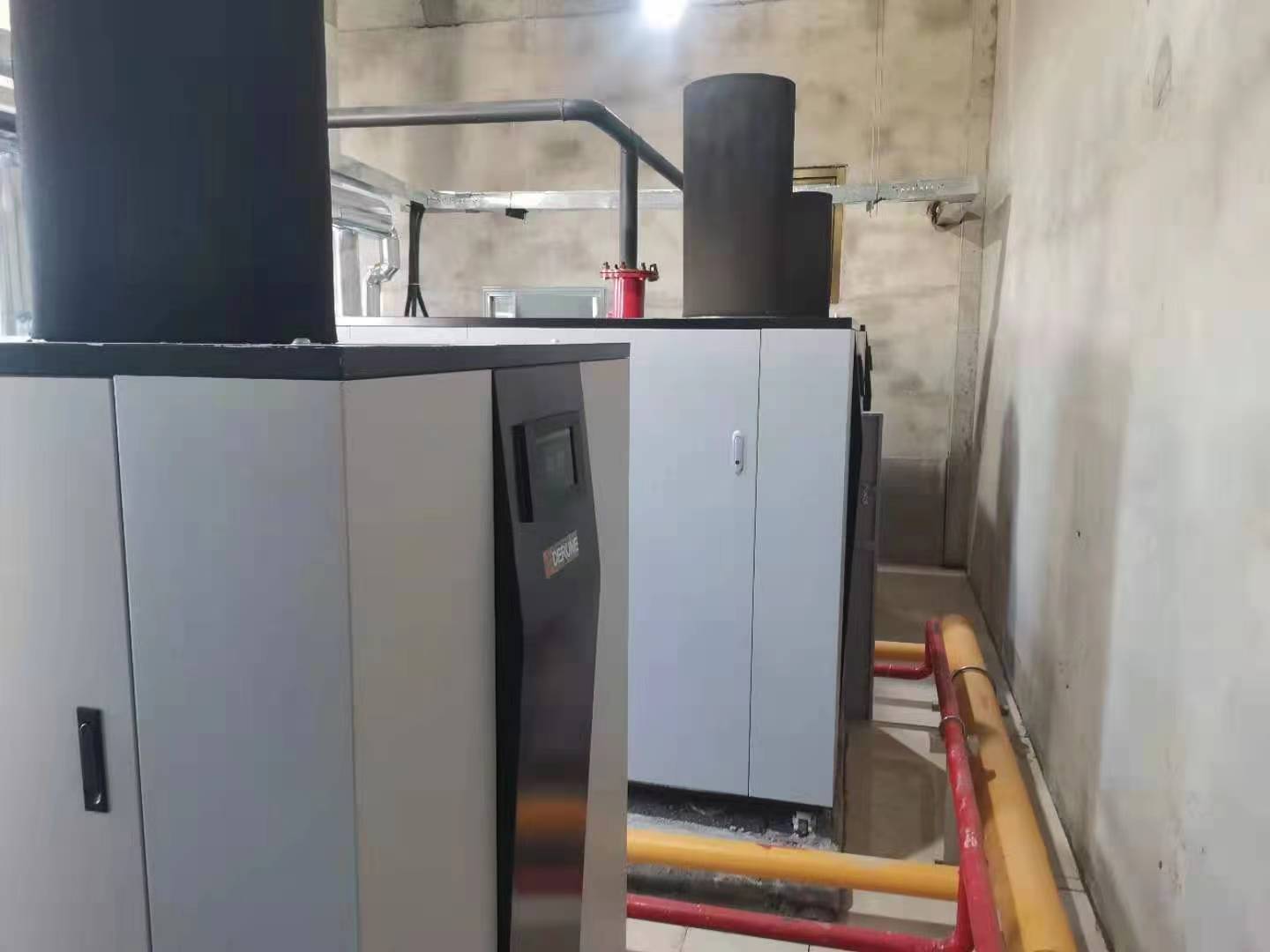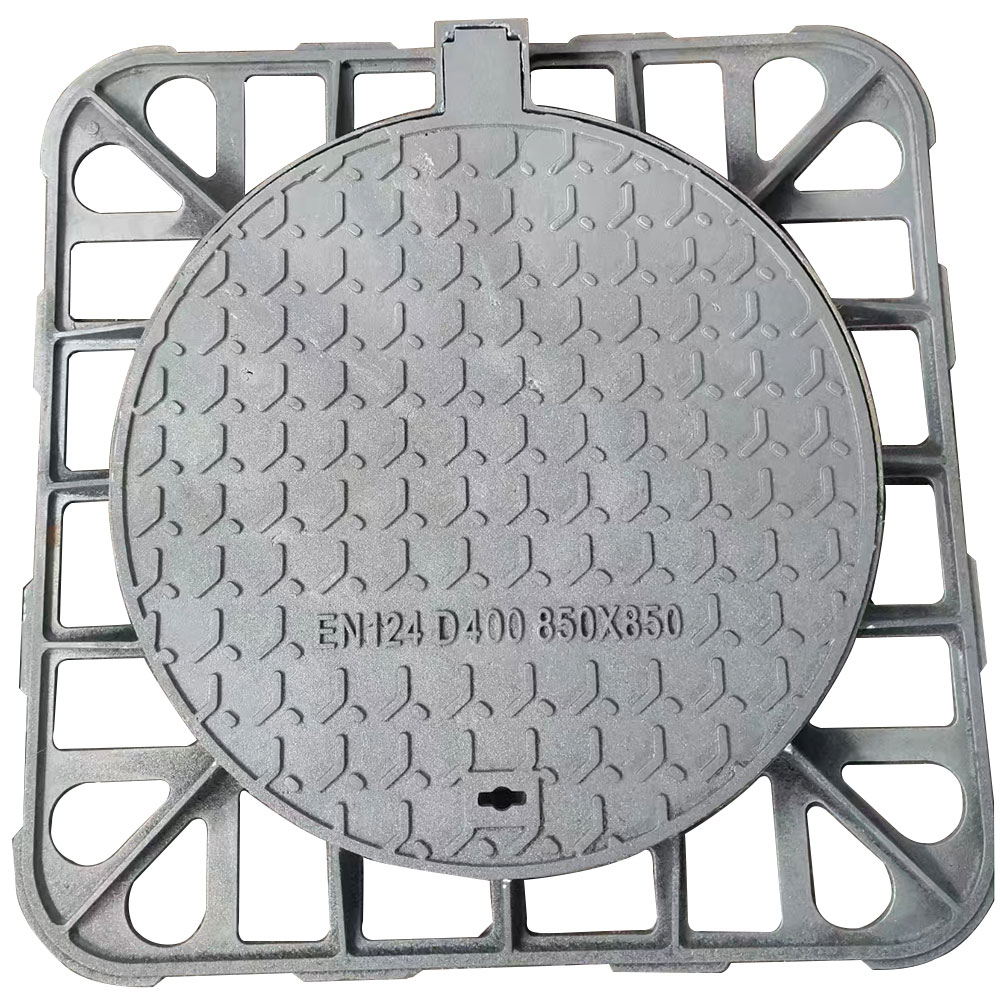- Afrikaans
- Albanian
- Amharic
- Arabic
- Armenian
- Azerbaijani
- Basque
- Belarusian
- Bengali
- Bosnian
- Bulgarian
- Catalan
- Cebuano
- China
- China (Taiwan)
- Corsican
- Croatian
- Czech
- Danish
- Dutch
- English
- Esperanto
- Estonian
- Finnish
- French
- Frisian
- Galician
- Georgian
- German
- Greek
- Gujarati
- Haitian Creole
- hausa
- hawaiian
- Hebrew
- Hindi
- Miao
- Hungarian
- Icelandic
- igbo
- Indonesian
- irish
- Italian
- Japanese
- Javanese
- Kannada
- kazakh
- Khmer
- Rwandese
- Korean
- Kurdish
- Kyrgyz
- Lao
- Latin
- Latvian
- Lithuanian
- Luxembourgish
- Macedonian
- Malgashi
- Malay
- Malayalam
- Maltese
- Maori
- Marathi
- Mongolian
- Myanmar
- Nepali
- Norwegian
- Norwegian
- Occitan
- Pashto
- Persian
- Polish
- Portuguese
- Punjabi
- Romanian
- Russian
- Samoan
- Scottish Gaelic
- Serbian
- Sesotho
- Shona
- Sindhi
- Sinhala
- Slovak
- Slovenian
- Somali
- Spanish
- Sundanese
- Swahili
- Swedish
- Tagalog
- Tajik
- Tamil
- Tatar
- Telugu
- Thai
- Turkish
- Turkmen
- Ukrainian
- Urdu
- Uighur
- Uzbek
- Vietnamese
- Welsh
- Bantu
- Yiddish
- Yoruba
- Zulu
Jun . 03, 2025 19:57 Back to list
Quality Custom & ODM Sand Castings Manufacturer Precision Parts
Sand casting remains a cornerstone of modern manufacturing with unparalleled versatility. This comprehensive guide examines critical aspects industrial buyers must consider when sourcing cast components.
- The Enduring Manufacturing Advantages of Sand Casting Technology
- Technical Superiority: Why Sand Castings Deliver Unmatched Value
- Manufacturer Capabilities Comparison: Production Metrics Analysis
- Custom Sand Castings: Engineering Solutions Beyond Standard Designs
- ODM Sand Castings: Collaborative Product Development Framework
- Industry Applications: Proven Performance Across Critical Sectors
- Optimal Sourcing Strategy: How to Buy Sand Castings Efficiently

(sand castings)
The Enduring Manufacturing Advantages of Sand Casting Technology
Industrial engineers continue specifying sand castings
for complex component production due to inherent process benefits. Aluminum sand castings demonstrate 15-20% higher strength-to-weight ratios than permanent mold counterparts, according to the American Foundry Society. The process accommodates part weights spanning 0.5kg to 300 tons with dimensional tolerances within ±0.010" for initial inch. Pattern versatility enables production lead times 35% faster than investment casting for prototypes. Over 60% of non-ferrous aerospace components originate from sand molding processes, demonstrating reliability in demanding applications. Material efficiency reaches 92% utilization rates with closed-loop sand reclamation systems.
Technical Superiority: Why Sand Castings Deliver Unmatched Value
Advanced simulation-driven casting eliminates traditional limitations through computational fluid dynamics modeling. Modern foundries achieve surface roughness down to Ra 125 μin (3.2μm) without secondary machining. Controlled cooling rates enable targeted microstructure development - aluminum A356-T6 castings consistently demonstrate 38 ksi tensile strength. Complex internal geometries feature wall thicknesses under 3mm while maintaining structural integrity. Proprietary binder systems withstand metal temperatures exceeding 1600°C without dimensional deformation. NADCAP-certified facilities implement X-ray inspection protocols detecting flaws as small as 0.15mm. These technological advancements position sand castings as the optimal solution for structurally critical components across aerospace, automotive, and energy industries.
Manufacturer Capabilities Comparison: Production Metrics Analysis
| Manufacturer Type | Max Part Weight | Dimensional Tolerance | Annual Capacity | Lead Time | Metallurgical Options |
|---|---|---|---|---|---|
| Small Job Shops | 300kg | ±0.025" | 500 tons | 12-18 weeks | 5 Alloys |
| Mid-Sized Foundries | 5 tons | ±0.015" | 3,000 tons | 8-12 weeks | 12+ Alloys |
| Tier 1 Industrial Suppliers | 50+ tons | ±0.008" | 25,000+ tons | 4-8 weeks | 30+ Alloys |
Tier 1 suppliers employ robotic molding lines producing 120+ molds/hour with 0.15mm repeatability. Automated pouring systems maintain metal temperature within ±5°C of optimal parameters. Large facilities maintain separate dedicated lines for high-volume production versus complex custom sand castings, preventing cross-contamination issues common at smaller foundries.
Custom Sand Castings: Engineering Solutions Beyond Standard Designs
Custom sand castings solve unique design challenges through integrated engineering partnerships. Leading foundries maintain in-house pattern shops with 5-axis CNC machining capable of producing complex cores within 72 hours. Industry experience shows customized components typically reduce assembly part counts by 35% compared to fabricated alternatives. Recent turbine housing projects achieved 22% weight reduction while improving thermal fatigue resistance using proprietary nickel-based alloys. Design-for-manufacturing reviews catch potential issues early - 92% of production delays originate from preventable design-stage oversights. Performance-tested solutions include thin-wall (2.5mm) structural components with integrated cooling channels impossible via alternative manufacturing processes.
ODM Sand Castings: Collaborative Product Development Framework
Original design manufacturing transforms conceptual requirements into optimized production solutions. Certified sand casting partners employ concurrent engineering teams that reduce development cycles by up to 40%. A recent mining equipment project demonstrated typical efficiency gains: the redesigned ODM gear housing decreased material usage by 28% while increasing load capacity by 15%. Digital pattern storage preserves tooling investments for future production runs. Proprietary simulation software accurately predicts solidification behavior, virtually eliminating costly trial pours. Project documentation packages include comprehensive material certifications, inspection reports, and dimensional validation data meeting AS9100 aerospace standards.
Industry Applications: Proven Performance Across Critical Sectors
Sand castings deliver critical performance characteristics required for extreme operating environments. Pump housings in desalination plants withstand saltwater corrosion for 25+ year service life using specialized bronze alloys. Energy sector valve bodies manufactured in duplex stainless steel operate reliably at pressures exceeding 6,000 PSI. Mining conveyor components demonstrate 3X longer abrasion resistance compared to fabricated steel alternatives. Automotive turbocharger housings maintain structural integrity under continuous 950°C exhaust gas temperatures. These verified performance metrics explain why 78% of heavy equipment manufacturers standardize on sand cast structural components according to Industrial Machinery Digest.
Optimal Sourcing Strategy: How to Buy Sand Castings Efficiently
Strategic procurement requires evaluating both technical capabilities and production competencies when sourcing industrial sand castings. Request documented evidence of quality certifications including ISO 9001:2015 and industry-specific standards like PED 2014/68/EU. Inspect sample castings for critical surface finish parameters - high-performance applications require Ra values under 250 μin. Demand material certification reports verifying alloy composition and mechanical properties. Conduct on-site audits of pattern storage systems to ensure tooling preservation. Leading manufacturers offer digital dashboards providing real-time production monitoring throughout the manufacturing cycle. Implement quality gates at multiple production stages, including dimensional validation of first-article inspections and destructive testing of sample castings from each pour lot.

(sand castings)
FAQS on sand castings
以下是根据核心关键词“sand castings”及相关词“buy sand castings”、“odm sand castings”、“custom sand castings”创建的5组英文FAQs问答。每个问题使用HTML的H3标签包装,问题以“Q: ”开头,回答以“A: ”开头,并在三句话内完成。内容基于关键词主题设计,符合HTML富文本格式要求。Q: What are sand castings?
A: Sand castings are metal parts created by pouring molten metal into sand molds, offering cost-effective production of complex shapes. They are commonly used in industries like automotive and aerospace for durable components. The process allows high flexibility in design and material choices.Q: How can I buy sand castings?
A: You can buy sand castings directly from manufacturers or online suppliers through platforms such as Alibaba. Research factors like material quality and supplier certifications for reliability. Request quotes and samples to ensure the products meet your specifications before ordering.Q: What are ODM sand castings?
A: ODM sand castings refer to Original Design Manufacturer services where a provider designs and produces castings based on your specific requirements. This includes custom engineering and prototyping to meet unique applications. ODM services offer turnkey solutions for mass production and reduce development time.Q: What are custom sand castings?
A: Custom sand castings are tailored parts manufactured to exact client specifications, such as size, material, and geometry. This ensures optimal fit and performance in specialized equipment. The process involves creating unique sand molds to deliver precision and reliability for bespoke projects.Q: Why choose sand castings for industrial applications?
A: Sand castings are chosen for their versatility, low-cost tooling, and ability to produce large, intricate parts quickly. They support a wide range of materials like aluminum and cast iron for enhanced durability. This cost-effectiveness makes them ideal for high-volume production in sectors such as construction and machinery.-
8mm Thin-Walled Cast Steel Manhole Cover Pallet Bottom Ring | Durable
NewsAug.04,2025
-
Premium Cast Iron Water Main Pipe: Durable, Corrosion-Resistant
NewsAug.03,2025
-
Durable Cast Iron Water Mains | AI-Optimized Systems
NewsAug.02,2025
-
High-Efficiency Propane Boiler for Baseboard Heat | Save Energy
NewsAug.01,2025
-
Premium Source Suppliers for Various Gray Iron Castings
NewsJul.31,2025
-
Durable Cast Iron Water Main Pipes | Long-Lasting
NewsJul.31,2025


